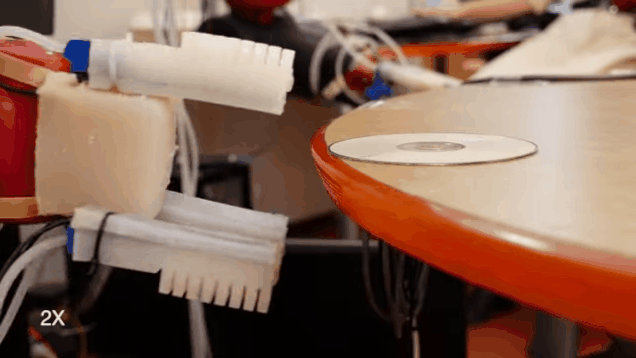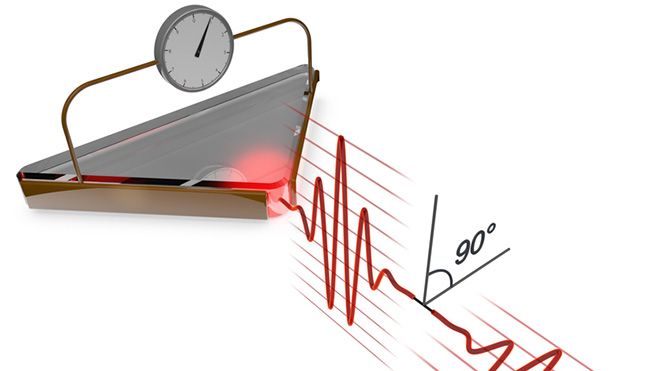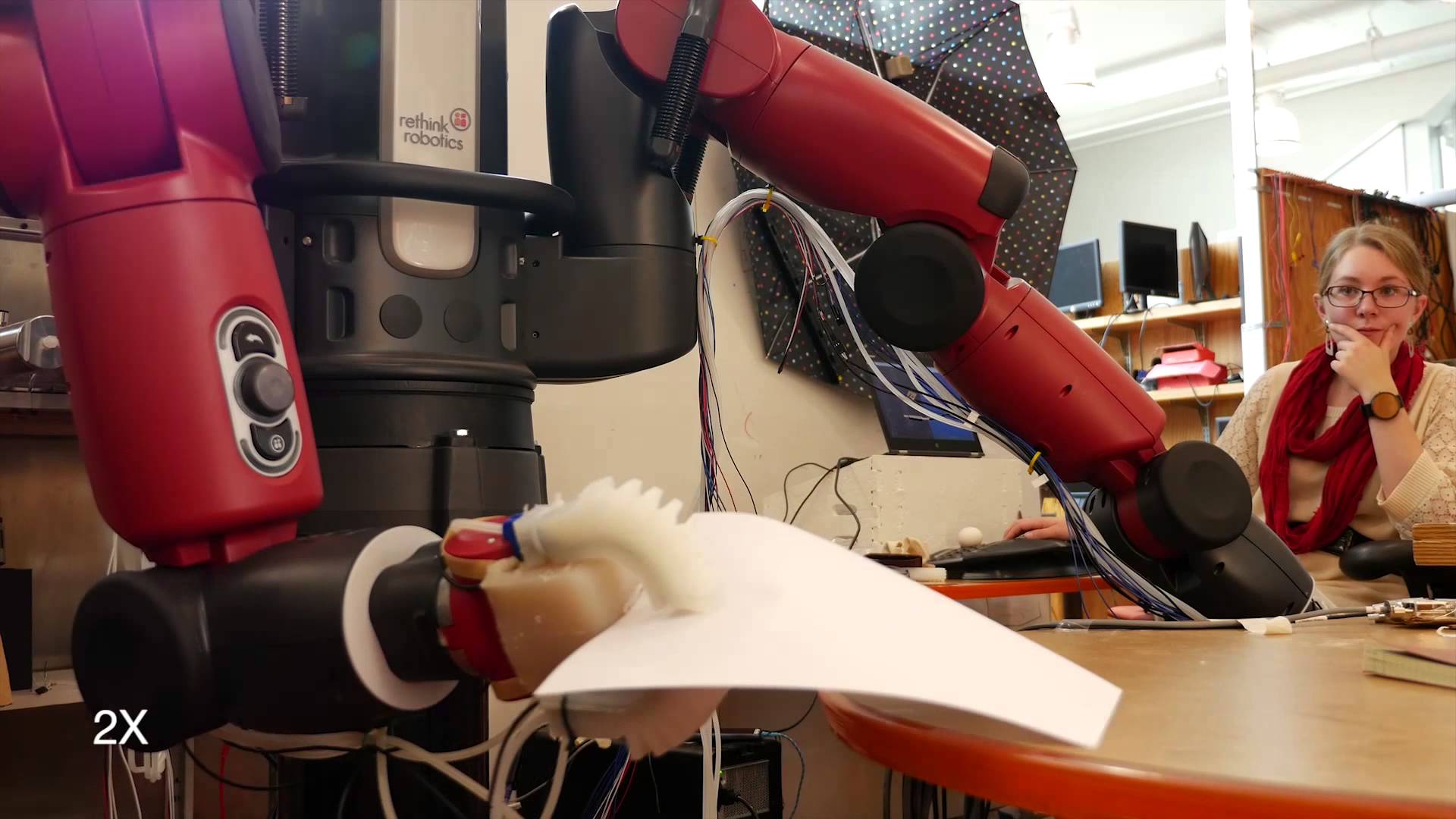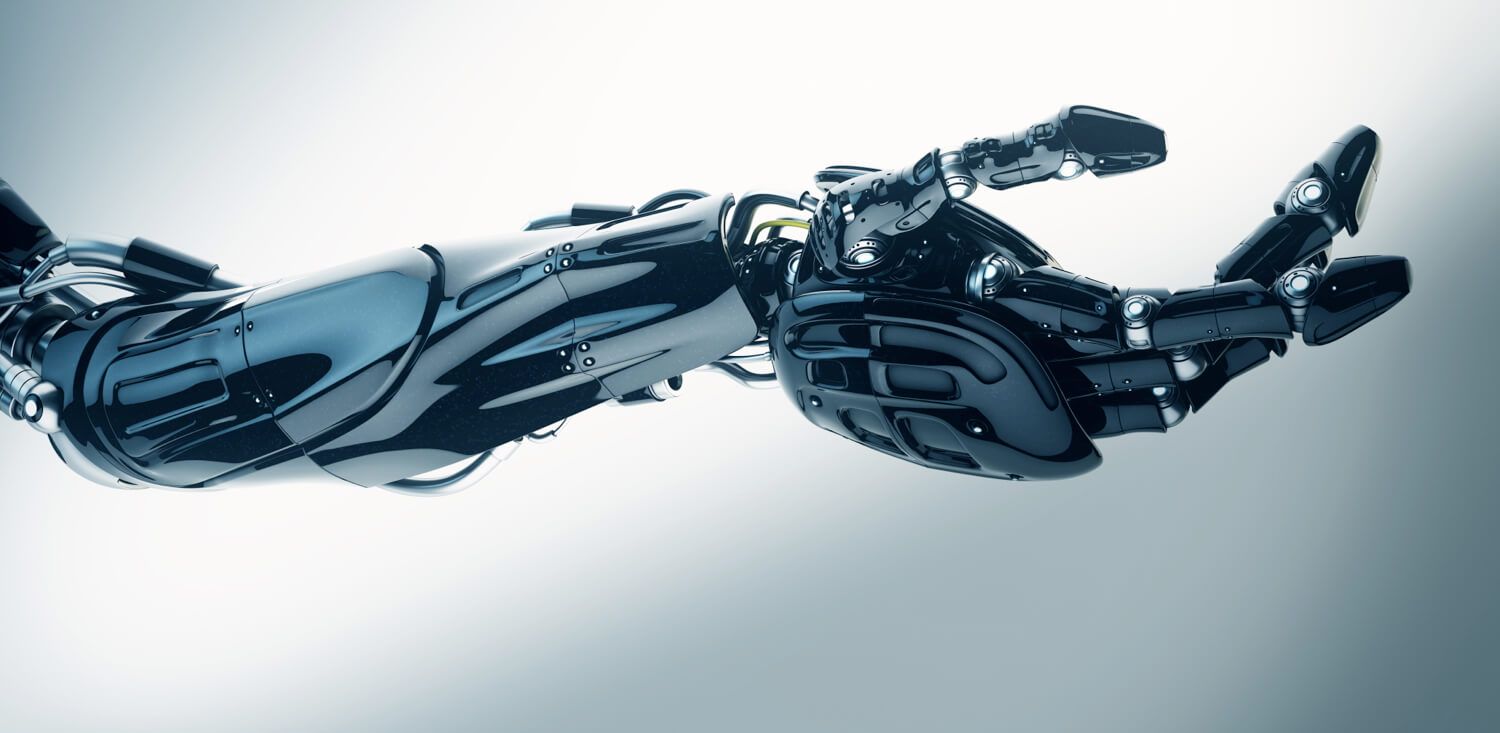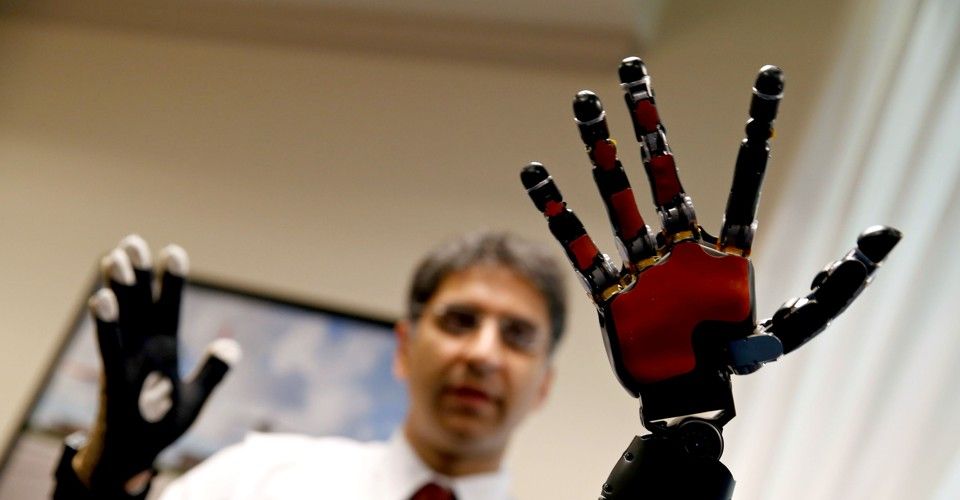A British tech company has come up with a new way of powering wearables and smart home devices: a device called the Freevolt, which can harvest the ambient energy from radio waves and turn it into a small amount of electricity for low-energy gadgets to tap into.
As CNET reports, this level of energy can’t keep a smartphone running, but it could be enough to power that remote sensor on your garden gate. If sensors and beacons have a wireless energy source plus wireless connectivity, it opens up more possibilities for kitting out our homes and gardens with these kind of devices.
“Companies have been researching how to harvest energy from Wi-Fi, cellular, and broadcast networks for many years,” Drayton Technologies CEO and chairman, Lord Drayson, said in a press statement. “But it is difficult, because there is only a small amount of energy to harvest and achieving the right level of rectifying efficiency has been the issue — up until now. For the first time, we have solved the problem of harvesting usable energy from a small radio frequency signal.”


